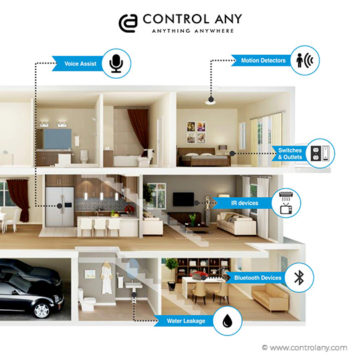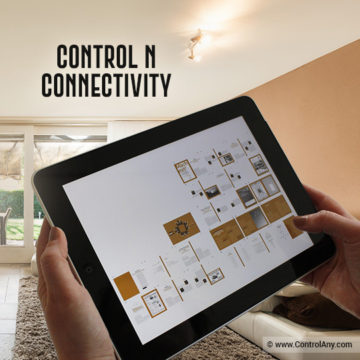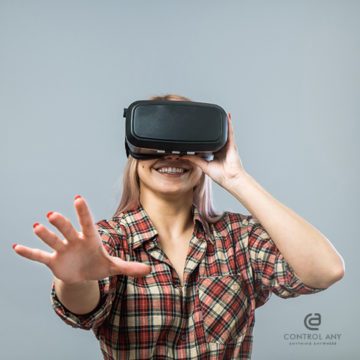-
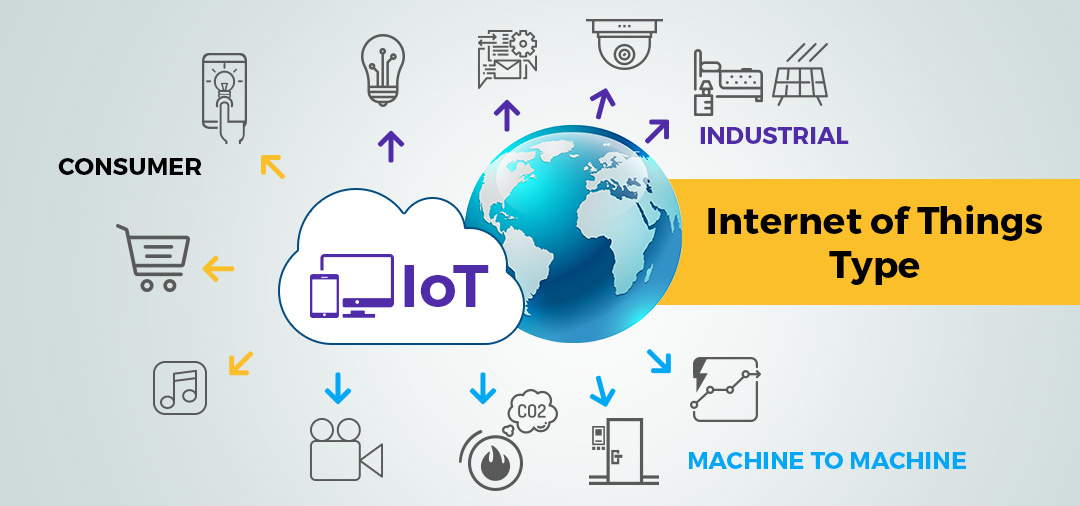
The internet has certainly changed the way we live, work, think, feel, and behave. The way humans solved problems in the past has now evolved through the power the worldwide web offers.
Over the years, programming has become easier and more accessible, bringing about rapid innovation and technological advancement.
Connectivity now goes beyond computers, laptops, and mobile devices to various machines and daily items such as cars, home appliances, office devices, and more. The Internet of Things or IoT is certainly making industries and cities around the world much, much smarter.
With IoT sim cards, it’s easier to make “things” smart and address various industry problems. Here are some industry problems that can be solved by IoT.
1. Security Management
When it comes to the security of your business, IoT can definitely help save the day. IoT sim cards can be applied to various devices that can be connected to sensors such as clothing with biometric sensors, facial recognition, footprint sensors, and more to increase the security of homes, offices, and buildings.
Just imagine the applications—doors can be unlocked through facial recognition, lights can be activated with motion or footprint sensors, the camera is activated and a live feed is triggered on your smartphone, or the police can automatically be notified if an intruder breaks a lock in your home.
2. Health Emergencies
Today, more hospital equipment and tools are interconnected with each other. A heart monitor that’s connected to the nurse’s station, for instance, will automatically trigger an alarm when the patient goes into tachycardia, bradycardia, and other cardiac emergencies.
An out-patient’s health status can be monitored by doctors and health professionals remotely. Indeed, IoT can help save lives by connecting people with health professionals in real time.
3. Road Traffic Management
Overpopulation in large cities and urban areas lead to the growth of the number of vehicles on the road, resulting in traffic congestion on major roads and highways.
Connected devices powered by IoT sim cards such as traffic lights, smartphones, cars, GPS devices, and cameras can be used to monitor traffic patterns, inform drivers of traffic situations, and help governments determine appropriate solutions to traffic problems.
When roads are congested, it results in a delay in response time of ambulances and emergency teams. A city in Andhra Pradesh, India, for example, installed IoT devices in their ambulances that communicate with traffic signals, so emergency vehicles can quickly navigate through the city.
4. Energy Conservation
The world’s natural resources are already depleting, and people are starting to feel the repercussions of a wasteful lifestyle. As such, energy conservation is vital in today’s world. Not only does it help households save money, but it also encourages consumers to be more conscious about preserving natural resources.
IoT has made homes smarter, so its application in energy conservation is more accessible. Smart appliances can inform homeowners of real-time consumption so that they can monitor their energy usage.
Reports can easily be generated or extracted, allowing homeowners to monitor their daily, weekly, and monthly energy consumption accurately. In addition, sensors can be installed so that when owners leave the house, appliances will automatically turn off to conserve energy.
5. Agricultural Problems
A bountiful harvest relies heavily on natural events, elements, and conditions. IoT can help farmers and agricultural workers predict these occurrences, so they can properly plan and strategize.
Additionally, farming and agriculture can be physically laborious, but when equipment is connected to these planning devices, the manual labor can be automated. For instance, a temperature sensor can automatically tell the sprinklers to turn on when the reading is high.
The internet of things is paving the way for smart solutions to various industry problems. As the technology evolves, so do these solutions become more sophisticated, leading to a better quality of life and better business opportunities.
IoT has now gone beyond the smart home, and is being applied everywhere you go. In the years to come, expect more devices to become connected with each other through IoT sim cards.
We’d love to hear from you!
Sign up for our latest blog posts and we’ll keep you updated. Oh, and we don’t spam.
-
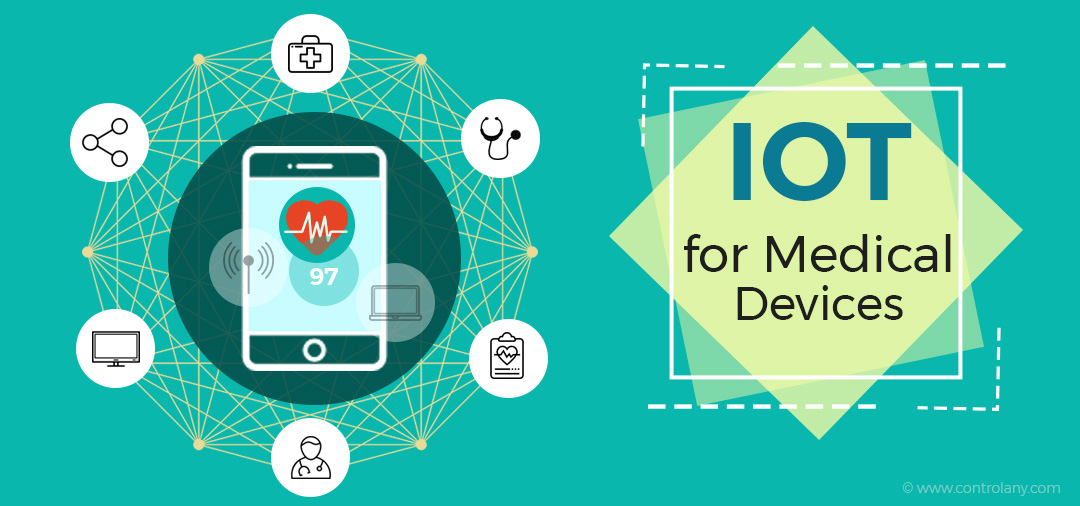
As a consumer, you are probably already dreaming about the ways that Internet of Things applications can improve your personal life
From ovens that cook food automatically to a coffee maker that starts brewing as soon as your alarm goes off to an entire smart home.
However, there is another industry that could see an even bigger benefit from this emerging technology that you might not have even considered…
Have you thought about how IoT applications could eventually improve your health and overall lifestyle?
While IoT medical devices might sound like a think of the future pulled straight from the time machine itself, this area has actually been around longer than the term IoT has even existed. With regular home-based IoT still waiting to take off, IoT medical devices still clearly have a long way to go, although the future might just come sooner than you think.
Predictions About the Future
When it comes to Internet of Things in the medical and healthcare industries, the best is yet to come:
1. Smart pills
Have you ever considered how difficult it can be to treat something based on the outside appearance it has?
Think of how vital x-rays and CT scans are in locating an issue and treating it – because a look inside the body is needed.
While current technology, such as CT scans and MRI’s have greatly advanced, there are still some areas where internal problems are lingering but are not discovered or cannot be properly addressed…
But, this could change –
Smart pills would contain thousands of nanobots and could be ingested by the patient. This medical advancement would allow doctors to monitor the patients from the inside by virtually streaming how their bodies are performing.
2. Advancements in responder speed
One of the most important aspects of someone surviving an accident or injury is how long it takes the emergency response team to arrive at the scene.
A few minutes or even just a few seconds could stand between the victim living or dying.
The future of IoT in the medical field could provide emergency response teams with the ability to communicate directly with traffic lights – automatically clearing their path – and other advancements that would improve their response time.
3. Higher customized medical devices
Losing a limb or having one impaired for a period of time is a pain already… Literally.
But the process of getting a cast or a prosthetic can be just as long and grueling as the injury itself.
But, with the future of IoT in medical devices, there is the potential that these types of medical devices could instantly adapt to the person once put on to ensure an instantly perfect fit.
But, wait, it gets better…
The prosthetic limb could even then be controlled by human thought, giving it a more natural feel for the patient and possibly restoring more and better movement than today’s prosthetic limbs.
4. Identifying patients
Bio-hacking still remains a controversial issue over the ethics and morals regarding the topic.
However, there are instances where it could be used to save a life.
Similar to how pets can be implanted with RFID chips to allow their owners to locate them, similar chips could be used for identification purposes.
5. Vital monitoring devices
You’ve probably taken your blood pressure at some point.
In fact, if you have had issues before or were instructed by your doctor, you probably take it quite often.
But, what if you had a device that could constantly monitor it for you?
For some people, their vitals fluctuate so much or are so on edge that constant monitoring could be a necessary step in saving their lives.
Wearable devices and online technology improved by IoT could allow a patient’s vitals to be monitored from a great distance and allow the physician to be notified if those vitals change.
6. Connected cars
Autonomous cars are already plaguing the news as several companies race to develop the best fully autonomous car…
But, what if this was applied to healthcare vehicles?
If emergency response vehicles became fully autonomous, they could allow the emergency response team to have everyone on board – fully treating the patient until they arrive at the hospital.
7. Smart hospitals
Hospitals have already greatly improved both for comfort care and for practicality…
With the simple touch of a button, you can have a nurse at your bedside in no time.
But, with the advancement of IoT in medical devices, hospitals could offer much more advanced devices…
Such as a smart bed that can detect when a bed is occupied and when a patient is trying to get up.
This would help doctors and nurses keep track of patients and increase patient safety.
8. Improved preventative measures
Similar to how bio-hacking could be used for identification purposes in the event of an accident, it could also be used to track patient’s habits…
While this might sound a bit invasive, doesn’t it make sense to prevent an illness or injury rather than just treat it when it happens? If you have that option, of course.
Bio-hacking could allow doctors to monitor each individual’s habits and suggest changes or treatment to prevent other issues and provide better healthcare services.
In Summary
The idea that most of the things we do on our own could actually be done automatically for us makes the idea of a seemingly perfect life not seem so far-fetched.
But, IoT could be used for even something far greater than leisurely things – it could be used to improve your health and lifestyle.
With cancer and various other diseases and illnesses playing a major role in our lives, any preventative measure that can be taken and improved is a step toward furthering the human lifespan.
We’d love to hear from you!
Sign up for our latest blog posts and we’ll keep you updated. Oh, and we don’t spam.


